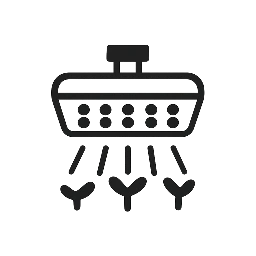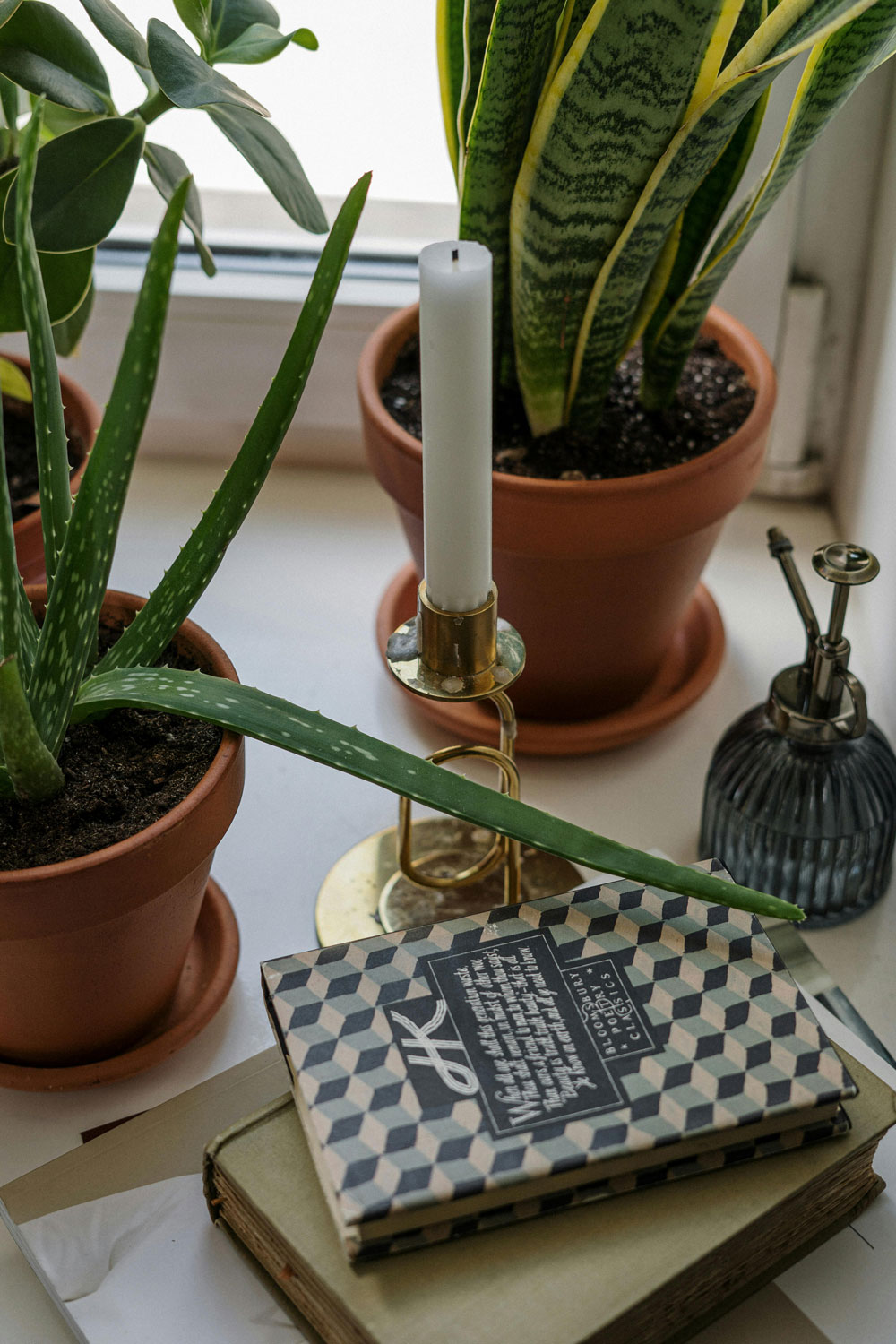Introduction
Finding the best grow light for snake plant can make the difference between dull, fading leaves and a lush, healthy indoor display. Although snake plants (Sansevieria) are known for their resilience, the right lighting plays a crucial role in maintaining their color, strength, and growth rate—especially in low-light homes. With the right grow light, you can ensure consistent brightness and health throughout the year.
1. Understanding Snake Plant Light Needs
Snake plants are naturally adaptable, often found in shaded areas of their native African habitats. However, indoors they still require adequate light to photosynthesize efficiently. In insufficient light, leaves may lose their vibrant green color, grow thin, or even lean toward the nearest light source.
💡 Tip: They perform best in bright, indirect light—but too much sunlight can scorch their leaves.
2. Why Use a Grow Light for Snake Plants?
Grow lights simulate the natural sunlight spectrum, allowing your snake plant to flourish even in darker rooms. A full-spectrum LED grow light provides balanced wavelengths that encourage both chlorophyll production and strong root development.
With consistent exposure—about 10 to 12 hours daily—you’ll notice thicker leaves and more upright growth patterns.
3. Choosing the Best Grow Light
When choosing the best grow light for snake plants, consider these key features:
- Full-spectrum output: Mimics natural sunlight.
- Adjustable brightness: Prevents leaf burn in smaller spaces.
- Energy efficiency: Look for LED options to reduce power usage.
- PPFD range: Aim for 100–200 µmol/m²/s for ideal indoor conditions.
💡 EtvioLite Tip: Position your light 12–18 inches above the plant and maintain a timer schedule for consistent exposure.
4. Setting Up Your Grow Light for Best Results
Install your grow light in a stable position, ensuring it illuminates the top and sides of your snake plant evenly. Rotate your plant every few weeks to promote balanced growth.
If you’re using EtvioLite’s LED series, take advantage of its auto-dimming and smart-timer functions to recreate natural daylight rhythms—helping your plants rest at night.
5. Signs of Improper Lighting
Keep an eye on how your plant reacts:
- Yellowing leaves → too little light
- Brown spots → light too intense
- Leaning leaves → uneven exposure
Adjust your grow light distance and duration to fix these issues promptly.
6. Final Thoughts
Even though snake plants are low-maintenance, they reward proper lighting care with robust, glossy leaves and steady growth. Using the best grow light for snake plant is an easy and effective way to maintain their natural beauty indoors—no matter how dim your space might be.


Leave a Reply